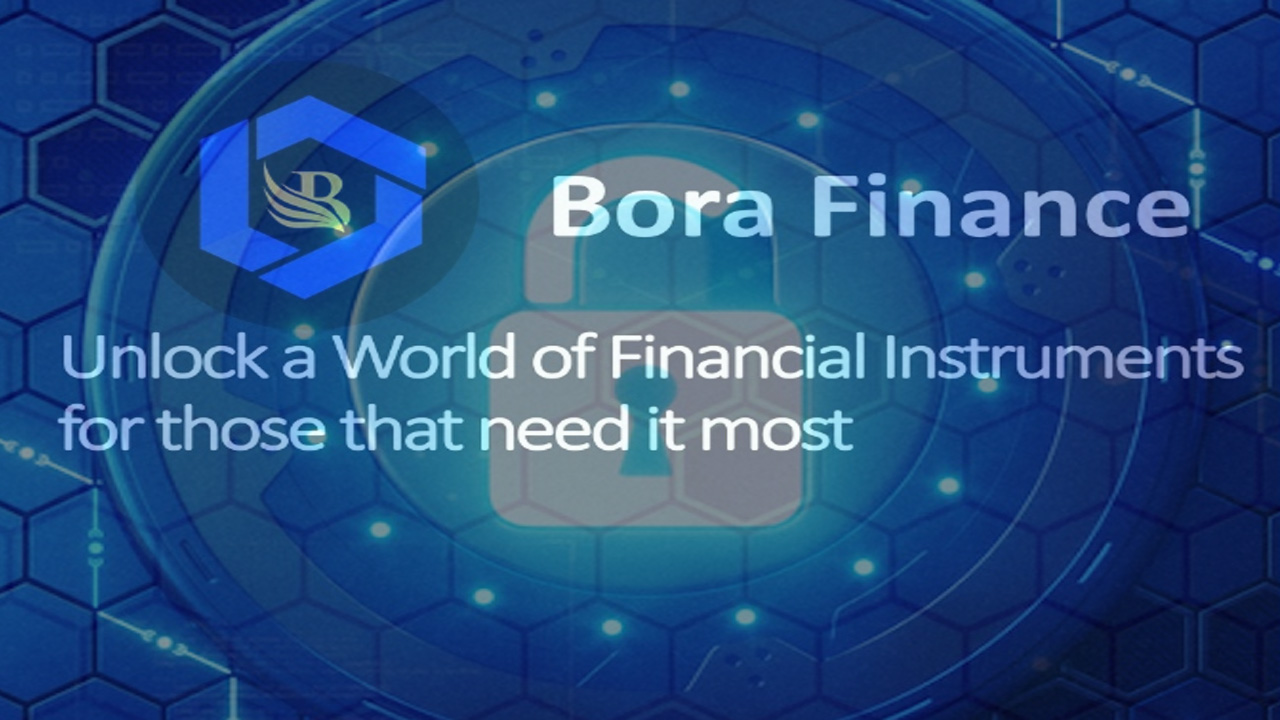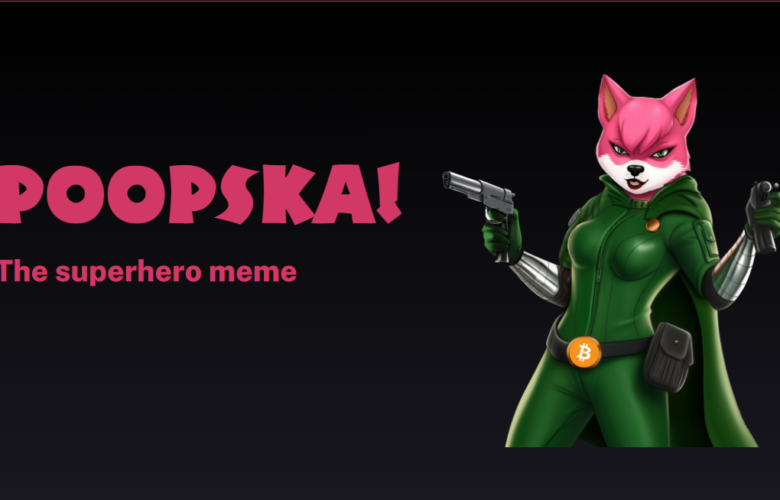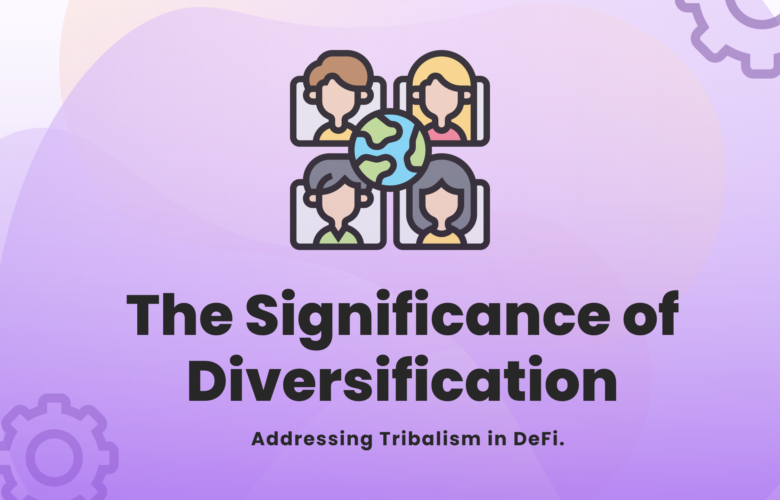Introduction
Every day, blockchain technology transforms the globe and people’s lives, but those who would benefit the most of blockchain technology are left out of the revolution. Bora Finance’s aim is to help people who are most in need of financial inclusion, accessibility, and long-term viability. The BORA Token or ($BORA) will be the Bora Finance network’s native network token. Users are rewarded with BORA tokens for saving, investing, and doing other network duties. Bora Finance plans to provide a range of financial services, including safe asset storage, credit, and risk management. The following four stages describe how their financial services ecosystem will be constructed and launched:
- NFT Investment Vehicles, USD Savings Accounts, and Payments 1.0 will be available in the initial release of Bora Finance. One example of how NFTs might be used to tokenize real world assets and open up new investment opportunities is crowd farming investment through the tokenization of livestock or plant-based assets that produce financial value when the livestock or plant-based assets mature and are delivered to market.
- Bora Finance’s version 2 promises to expand its product offerings to include uncollateralized micro loans, tokenizing real-world assets, liquidity pools, and staking. Seed and fertilizer tokenization offers new loan mechanisms to the agriculture community. Small and medium-sized businesses can also increase their finance and payment platform options by tokenizing common items.
- Version 3 of Bora Finance plans to include smart contract insurance, allowing users who do not have insurance to obtain micro-insurance. The team will create and tokenize Insurance Linked Securities to be traded on secondary markets as the insurance smart contract portfolio grows.
- Bora Finance expects to see the deployment of a full payment platform and point-of-sale solution in the business community in version 4, enabling for the purchase of everyday items with cryptocurrency, removing the need to convert bitcoin to fiat and accelerating cryptocurrency adoption.

Bora Finance strives to simplify DeFi by developing a simple, easy-to-use application with a seamless UI/UX that will enable and encourage everyone to use DeFi and reap the benefits.
High Transaction Fees: DeFi applications are built on blockchain technologies, which have transaction fees linked to them. Micro transaction fees have risen to an unacceptably high level, excluding a substantial percentage of the population who may profit from DeFi. An example for that is the Ethereum network where implementing a smart contract during peak hours might cost upwards of $100. Transaction fees must be modest and compatible with executing a micro loan (loans between $10 and $100, seldom surpassing $2000) for DeFi to flourish and gain widespread adoption among the underbanked. On a $35 loan, paying a $25 transaction fee is unsustainable.
DeFi adoption and financial inclusion will require low transaction fees. Bora Finance will develop on the blockchain with cutting-edge technology, concepts, and techniques offered by Cardano. Low transaction costs and fast transaction speeds will be possible with Cardano. The low transaction fees will allow financial services such as microloans, micropayments, and microinsurance.
The financial benefits earned in DeFi (cyberspace) must be transferred and used in regular fiat markets, despite the fact that DeFi protocols are decentralized and available to anyone. To open the door to financial inclusion for the masses, applicants must adhere with local rules and Anti Money Laundering (AML) and Know Your Customer (KYC) requirements (KYC). Cryptocurrencies are unfamiliar to governments and central banks. Some governments have chosen a wait-and-see approach, while others have encouraged the use of digital currencies, and still others have outright outlawed them. Each country’s approach to cryptocurrencies is distinct.
Bora Finance aspires to work with authorities and governments ahead of time to ensure that they adhere to all regulations in various geographic areas. At all times, interactions with regulators and governments will be legal and compliant. Bora Finance needs to be regulated and also has to follow standards such as Know Your Customer, Anti-Money Laundering, and Terrorism Funding before it may use cryptocurrency earnings to fund accounts in fiat currency. Bora Finance will have its own licensing and regulating team to ensure that the benefits of blockchain technology are spread to those who need it the most. It makes no sense to deploy capital in a vacuum; in order to collect capital from cyberspace and apply it to real-world scenarios via the Bora Finance network, Bora Finance will require compliance.
Since governments are the regulators and masters of fiat currency, they must collaborate with them and regulators to guarantee that cryptocurrencies and blockchain technology are accepted and regulated properly so that the underbanked can thrive.
The Cardano Stack for Digital Finance
The Cardano blockchain will be utilized as a global “Financial Operating System.” The Cardano Financial Stack is a collection of layers that stack up on top of one another. Each layer provides the basis and stability that enables the layer above it to express itself successfully. Each layer’s stability raises the potential of the layers above it. There are three layers to the Cardano Financial Stack:
• Layer 0 – The ADA Stake Layer (The Bond Market)
• Layer 1 – The Lending and Borrowing Layer (Availability of Capital)
• Layer 2 – The Application Layer (Algorithmic middlemen)
• Layer 3 – The User Aggregation Layer (Liquidity)
The BORA Token
The BORA tokens are used for governance and to reward users for saving, investing, and completing network obligations. The Bora Token will be a Cardano Native Token, which means it will share all of ADA’s fundamental properties, such as Babel fees and the ability to pay network costs with the Bora Token, thanks to the same underlying token logic.
Link: https://borafinance.io/
Telegram: https://t.me/borafinanceofficial




 Bitcoin
Bitcoin  Ethereum
Ethereum  Tether
Tether  Solana
Solana  Dogecoin
Dogecoin  XRP
XRP  USDC
USDC  Lido Staked Ether
Lido Staked Ether  Cardano
Cardano